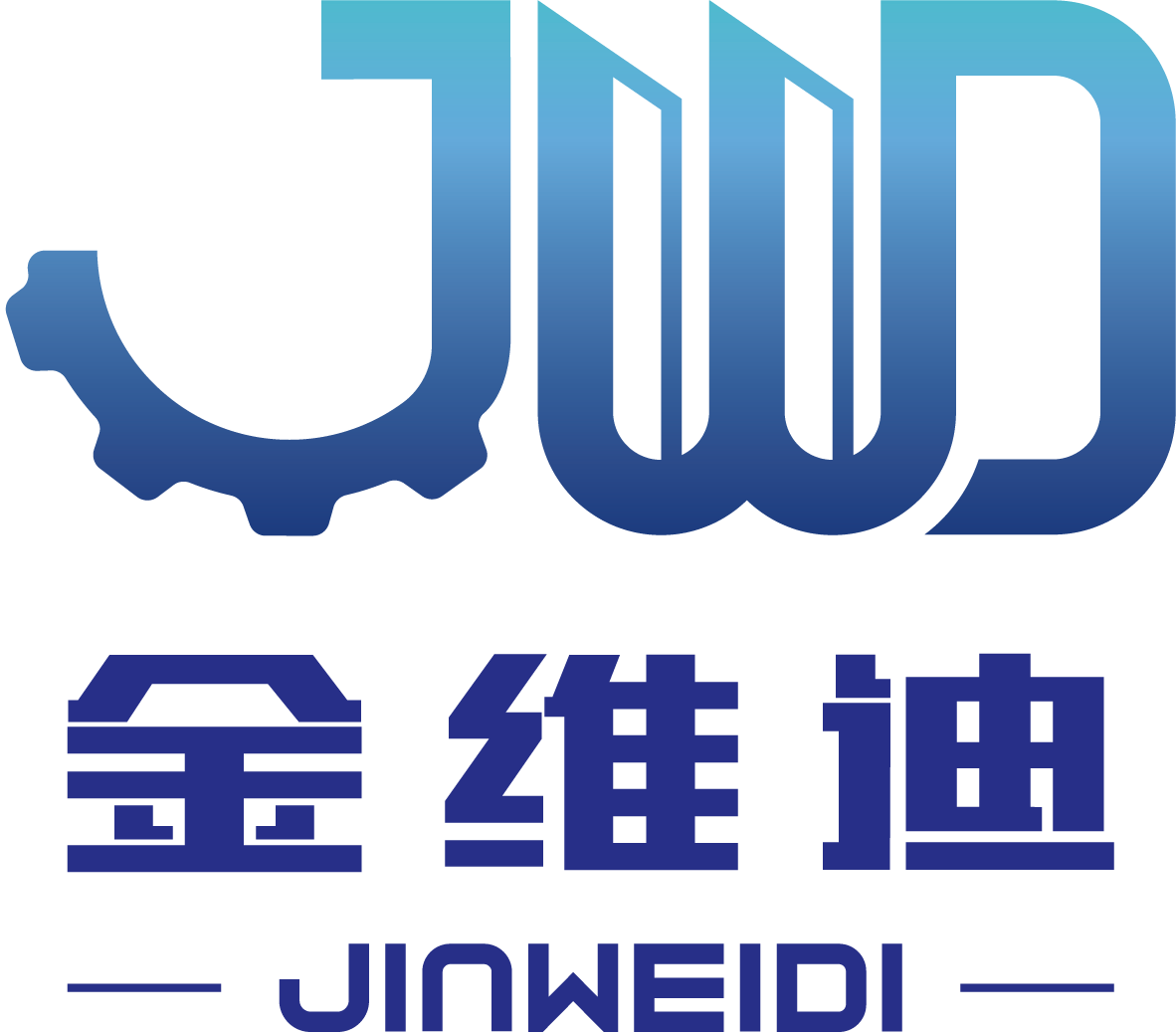Maximizing Efficiency in Steel Processing with Double-Axis Hydraulic Thread Rolling Machines
Double-axis hydraulic thread rolling machines are pivotal in the manufacturing and processing of steel, especially in construction and engineering applications. These machines are designed to create precise threads on various metal components, ensuring enhanced performance and durability in applications such as rebar and prestressing cables. The unique design of double-axis hydraulic thread rollin
Jun 28,2025
Double-axis hydraulic thread rolling machines are pivotal in the manufacturing and processing of steel, especially in construction and engineering applications. These machines are designed to create precise threads on various metal components, ensuring enhanced performance and durability in applications such as rebar and prestressing cables.
The unique design of double-axis hydraulic thread rolling machines allows for efficient metal deformation. Unlike conventional cutting methods, thread rolling uses pressure to create threads, which preserves the integrity of the material. This process minimizes waste and enhances the strength of the final product, making it ideal for high-stress applications commonly found in construction and engineering sectors.
One of the key advantages of using double-axis hydraulic systems is their ability to operate with a high degree of precision and consistency. The hydraulic mechanism provides uniform pressure across the workpiece, resulting in threads that meet stringent quality standards. This is crucial for components that must adhere to specific tolerances for safety and performance.
Furthermore, double-axis hydraulic thread rolling machines are versatile and can accommodate various sizes and types of materials. This flexibility allows manufacturers to produce a wide range of threaded components, from small fasteners to large structural members. The capability to handle different materials enhances the machine's utility in various industrial applications, including automotive, aerospace, and construction.
The operational efficiency of double-axis hydraulic thread rolling machines is another significant benefit. By streamlining the threading process, manufacturers can achieve higher production rates compared to traditional machining methods. This efficiency not only reduces labor costs but also shortens lead times, enabling businesses to respond swiftly to market demands.
Moreover, these machines support the trend towards automation in manufacturing. Many modern double-axis hydraulic thread rolling machines come equipped with advanced control systems that allow for precise monitoring and management of the threading process. This integration of technology not only enhances productivity but also contributes to improved safety standards in the workplace.
In summary, double-axis hydraulic thread rolling machines represent a significant advancement in the manufacturing and processing of steel components. Their ability to produce high-quality threads efficiently and accurately makes them indispensable in the construction and engineering industries. As manufacturers continue to innovate and seek ways to enhance production processes, the role of these machines will undoubtedly become more prominent, driving the future of steel processing forward.
The unique design of double-axis hydraulic thread rolling machines allows for efficient metal deformation. Unlike conventional cutting methods, thread rolling uses pressure to create threads, which preserves the integrity of the material. This process minimizes waste and enhances the strength of the final product, making it ideal for high-stress applications commonly found in construction and engineering sectors.
One of the key advantages of using double-axis hydraulic systems is their ability to operate with a high degree of precision and consistency. The hydraulic mechanism provides uniform pressure across the workpiece, resulting in threads that meet stringent quality standards. This is crucial for components that must adhere to specific tolerances for safety and performance.
Furthermore, double-axis hydraulic thread rolling machines are versatile and can accommodate various sizes and types of materials. This flexibility allows manufacturers to produce a wide range of threaded components, from small fasteners to large structural members. The capability to handle different materials enhances the machine's utility in various industrial applications, including automotive, aerospace, and construction.
The operational efficiency of double-axis hydraulic thread rolling machines is another significant benefit. By streamlining the threading process, manufacturers can achieve higher production rates compared to traditional machining methods. This efficiency not only reduces labor costs but also shortens lead times, enabling businesses to respond swiftly to market demands.
Moreover, these machines support the trend towards automation in manufacturing. Many modern double-axis hydraulic thread rolling machines come equipped with advanced control systems that allow for precise monitoring and management of the threading process. This integration of technology not only enhances productivity but also contributes to improved safety standards in the workplace.
In summary, double-axis hydraulic thread rolling machines represent a significant advancement in the manufacturing and processing of steel components. Their ability to produce high-quality threads efficiently and accurately makes them indispensable in the construction and engineering industries. As manufacturers continue to innovate and seek ways to enhance production processes, the role of these machines will undoubtedly become more prominent, driving the future of steel processing forward.
Related Posts
Contact Us
E-mail:
jwd_machinery@sina.com
Phone/WhatsApp:
+86 18515871688
Address:
North side of 7th Road, Taocheng North Industrial Park, Hengshui City, Hebei Province, China




